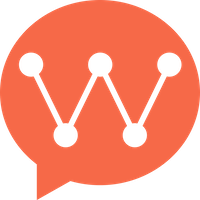Upgrade Overview
Kubernetes deployments provide built-in rolling update capabilities, making WuKongIM upgrades safe and seamless. The upgrade process maintains service availability by updating pods gradually.Version Compatibility:
- Patch updates (e.g., 2.0.1 → 2.0.2): Always safe, includes bug fixes and minor improvements
- Minor updates (e.g., 2.0.x → 2.1.x): Generally safe, includes new features with backward compatibility
- Major updates (e.g., 2.x.x → 3.x.x): May include breaking changes, requires careful planning
Upgrade Steps
1. Check Current Version
First, check your current WuKongIM version:2. Update Helm Repository
3. Search for New Version Charts
4. Backup Current Configuration
5. Perform Upgrade
6. Monitor Upgrade Progress
7. Verify Upgrade
Advanced Upgrade Strategies
Blue-Green Deployment
For critical production environments:Canary Deployment
For gradual rollout:Rollback Procedures
Quick Rollback
Manual Rollback
Data Rollback (if needed)
Upgrade Configuration
Custom Values for Upgrade
Monitoring During Upgrade
Health Checks
Performance Monitoring
Troubleshooting Upgrades
Common Issues
Upgrade stuck or failing:Automation Scripts
Automated Upgrade Script
Best Practices
Pre-Upgrade Checklist
- Review release notes for breaking changes
- Backup current configuration and data
- Test upgrade in staging environment
- Plan maintenance window
- Notify users of potential brief interruption
- Prepare rollback plan
During Upgrade
- Monitor pod status and logs
- Watch resource usage
- Test API endpoints
- Verify cluster communication
- Check performance metrics
Post-Upgrade
- Verify version upgrade successful
- Test all major features
- Monitor performance for 24 hours
- Update documentation
- Clean up old backups after verification period

